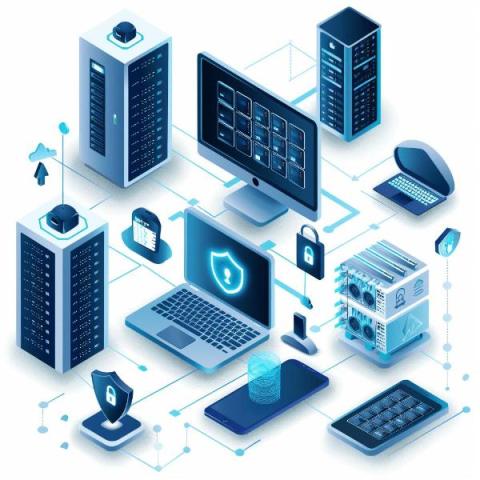Access This Computer From the Network - Best Practices for DC and Member Servers
This policy enables users on the network to establish connections with the computer, and it’s necessary for several network protocols such as Server Message Block (SMB), NetBIOS, Common Internet File System (CIFS), and Component Object Model Plus (COM+).






